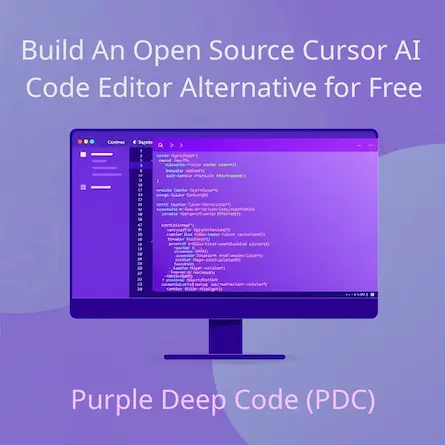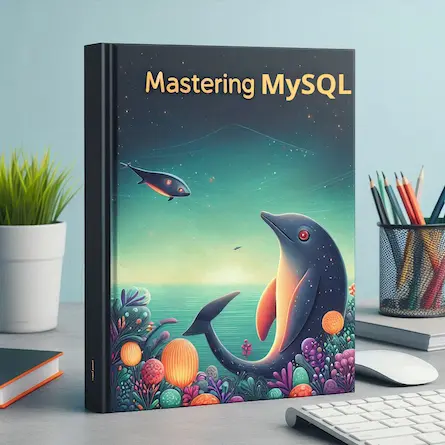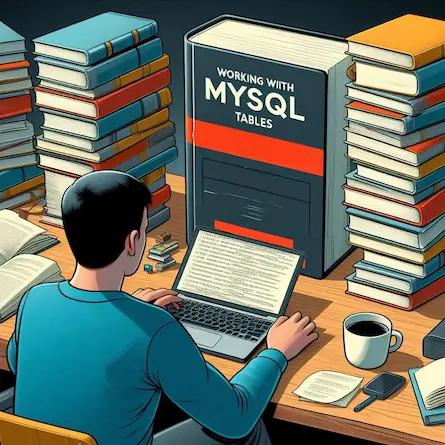
Mastering MySQL: An In-depth Guide on Relational Databases and Beyond
- Ctrl Man
- Database , Technology
- 09 Jul, 2024
Mastering MySQL: An In-depth Guide on Relational Databases and Beyond
Introduction
In the vast landscape of data management systems, relational databases are a cornerstone for storing, organizing, and retrieving information. Among these, MySQL stands out prominently. Developed in the mid-1990s, MySQL has evolved into one of the most popular and widely used relational database management systems in the world. This article provides an in-depth guide to understanding MySQL, its key features, and its competitive position among other popular database solutions.
Overview of Relational Databases
Relational databases store data in tables related by common fields, offering strong consistency, integrity, and support for complex queries through SQL (Structured Query Language). These characteristics make them indispensable in applications requiring robust data handling capabilities.
Tables, Rows, and Columns
A relational database organizes data into tables, each consisting of rows and columns. Each table represents a collection of related data, with columns defining the data attributes and rows representing individual records.
ACID Properties
Relational databases adhere to ACID properties to ensure reliable transaction processing:
- Atomicity: Ensures all parts of a transaction are completed successfully.
- Consistency: Ensures data validity and integrity.
- Isolation: Ensures concurrent transactions do not interfere with each other.
- Durability: Ensures completed transactions are permanently recorded.
Normalization
Normalization is the process of organizing data to reduce redundancy and improve data integrity. It involves dividing a database into tables and defining relationships to ensure data is stored efficiently and consistently.
Key Features of MySQL
MySQL, a versatile open-source relational database management system under Oracle Corporation, boasts several key features:
SQL Support
MySQL supports SQL, enabling users to perform various operations such as querying, inserting, updating, and deleting records.
Efficiency
Known for its speed in handling large datasets, MySQL delivers high performance compared to other databases.
Scalability
Designed to handle growing data loads, MySQL supports both horizontal scaling (adding more servers) and vertical scaling (hardware upgrades).
Security
MySQL offers comprehensive security measures, including encryption, access control, and logging capabilities, ensuring data integrity.
Portability
MySQL runs on multiple platforms such as Windows, Linux, and macOS without compromising functionality or performance.
Storage Engines
MySQL supports multiple storage engines, such as InnoDB and MyISAM. InnoDB is the default storage engine, known for its support of transactions and foreign key constraints, while MyISAM is optimized for read-heavy operations.
Transactions and Foreign Keys
MySQL supports ACID-compliant transactions, ensuring reliable data processing. Foreign key constraints help maintain data integrity across related tables.
Replication and Clustering
MySQL supports replication, allowing data to be copied across multiple servers for redundancy and load balancing. MySQL clustering provides high availability and scalability through data partitioning and fault tolerance.
Comparing MySQL with Other Popular Database Systems
Comparison Table
| Feature | MySQL | SQL Server | PostgreSQL | MongoDB | Oracle Database |
|---|---|---|---|---|---|
| Type | RDBMS | RDBMS | RDBMS | NoSQL | RDBMS |
| License | Open-source | Proprietary | Open-source | Open-source | Proprietary |
| Scalability | High | High | High | Very High | High |
| Transactions | Yes | Yes | Yes | No | Yes |
| Foreign Keys | Yes | Yes | Yes | No | Yes |
| Use Cases | Web apps, LAMP | Enterprise apps | Complex queries | Unstructured data | Enterprise apps |
SQL Server
Key Advantage: Proprietary features for enterprise-level applications, including built-in analytics and machine learning capabilities.
PostgreSQL
Key Advantage: Open-source with a strong focus on extensibility and support for advanced data types like JSONB and XML.
MongoDB
Key Advantage: A document-oriented NoSQL database designed for scalability and high availability, particularly suitable for unstructured and semi-structured data.
Oracle Database
Key Advantage: Comprehensive enterprise features, high performance, and robust security, making it suitable for large-scale applications.
MySQL’s Competitive Edge
MySQL excels in its balance of performance, scalability, security, and cost-effectiveness. It is widely adopted in web applications due to its efficient query execution capabilities and ease of integration with various platforms and frameworks. MySQL is also a key component of the LAMP stack (Linux, Apache, MySQL, PHP), a popular stack for web development.
Getting Started with MySQL
Installation Guide
- Download: Obtain the MySQL installer from the official website.
- Install: Follow the installation wizard for your operating system.
- Configure: Set up the initial configuration, including the root password and default settings.
Basic Commands
- Creating a Database:
CREATE DATABASE mydatabase; - Creating a Table:
CREATE TABLE users (
id INT AUTO_INCREMENT PRIMARY KEY,
username VARCHAR(50) NOT NULL,
email VARCHAR(100) NOT NULL
);
- Inserting Data:
INSERT INTO users (username, email) VALUES ('john_doe', 'john@example.com');
- Querying Data:
SELECT * FROM users;
Conclusion
In conclusion, MySQL stands as a robust choice for managing relational databases due to its comprehensive feature set, performance optimization, and cross-platform compatibility. While it excels in many areas, potential limitations include the complexity of configuration and management for very large-scale applications. Future trends in database technology, such as the increasing use of cloud databases and NoSQL systems, will continue to shape MySQL’s development and role in the industry.
Call to Action
If you’re considering a new database solution or looking to enhance your current setup, MySQL is worth exploring further. Understanding the unique needs of your application is key to making the right choice among the many available database systems.
MySQL Community and Resources
To further your learning and stay updated on MySQL developments, consider exploring the following resources:



























